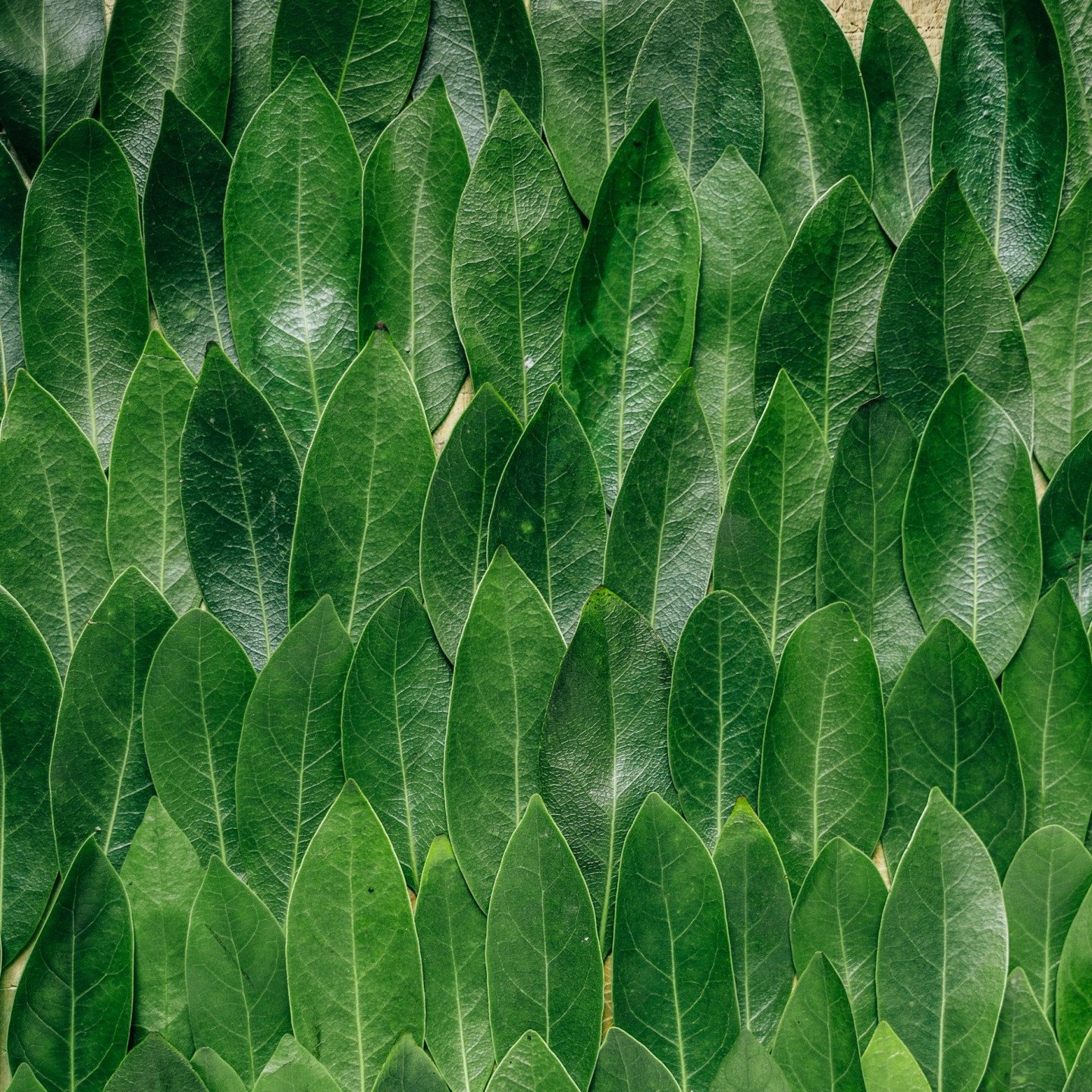
Key takeaways
- Fibre is important for health, and associated with a reduced risk of several conditions, including cancer
- Fibre is found in plant-based foods. It helps us feel fuller for longer and helps our bowels stay healthy.
- Current NHS guidelines state that we should be eating 30g of fibre a day, but it’s possible that eating more reduces cancer risk further
- Eating a high-fibre breakfast, swapping to wholemeal bread and pasta, and eating some vegetables and their skin can increase fibre intake
Fibre is a type of carbohydrate that doesn’t break down easily as it moves through our gut into the bowel. Some fibre types dissolve in water, while others do not. Both soluble and insoluble fibre are important for our health. Current NHS guidelines state that we should be eating 30g of fibre a day. In this article, we explain the science behind fibre and cancer risk, and share easy ways to get the fibre you need to stay healthy.
Which foods contain fibre?
Fibre is found in plant-based foods like wholegrains, fruits, vegetables, pulses and nuts. Lentils, kidney beans, artichokes and avocados are particularly rich in fibre, which can support digestion and prevent constipation, while also making you feel fuller for longer.
How might fibre reduce cancer risk?
Fibre helps to:
- Increase the bulk of your poo
- Dilute carcinogens (something that causes cancer) in your poo
- Decrease the time it takes for you to pass a poo
Fibre helps to reduce how long carcinogens in your poo are in contact with your bowel, which decreases the risk of cancer in the bowel. Also, when fibre ferments it produces short chain fatty acids which may have protective effects against bowel cancer.
Eating more fibre can also help you maintain a healthy weight by helping you feel fuller for longer. Being a healthy weight not only reduces the risk of bowel cancer, but 12 other cancers, too.
Based on what we know so far, it seems the fibre from wholegrains is better at reducing cancer risk than fibre from other foods, such as fruits and vegetables. But it’s important to eat a variety of high-fibre foods as part of a healthy balanced diet.
Both a fibre-rich diet and physical activity help food move through the digestive system more quickly, reducing the amount of time that any cancer-causing substances are in contact with the lining of the bowel. A high fibre diet also helps increase the good bacteria in your gut which helps the cells in your bowel stay healthy, helping to reduce your risk of bowel cancer.
Victoria Nelson, Dietitian, Perci Health
How much fibre is enough?
Current NHS guidelines state that we should be eating 30g of fibre a day, but it estimates most British adults consume just 18g a day on average. The results from a recent study suggest that eating between 25g and 29g of fibre each day is enough. However, it also notes that a higher consumption of fibre could provide more protection against diseases.
Five easy ways to eat more fibre
1. Start your day with a high-fibre breakfast like porridge, muesli or granola
2. Leave the skin on fruits and vegetables where possible, i.e., potatoes and carrots, as the skins contain the most fibre
3. Choose wholemeal or granary bread for sandwiches and toast (rye bread is particularly high in fibre)
4. Add beans and pulses, like lentils and chickpeas to stews, curries or salads
5. Snack on fresh fruit, celery and carrot sticks, rye crackers, oatcakes, nuts and seeds
Swap this, for that
Swap processed cereals for…
Oats, muesli, porridge, whole wheat biscuits, high fibre cereal or bran flakes.
Swap white bread and wraps for…
Wholegrain, wholemeal or rye.
Swap white pasta, rice and couscous for…
Wholemeal pasta and couscous, brown rice, barley and quinoa.
Swap fruit juice for…
Whole fruit and vegetable smoothies.
Swap butter for…
Hummus, avocado and nut spreads.
Swap crisps, sweet biscuits and lollies for…
Roasted spiced chickpeas, multigrain crispbreads, popcorn, dried fruit and nuts (be sure to choose unsalted).
While we have ensured that every article is medically reviewed and approved, information presented here is not intended to be a substitute for professional medical advice, diagnosis, or treatment. If you have any questions or concerns, please talk to one of our healthcare professionals or your primary healthcare team.
References:
‘High fibre diet: 6 simple food swaps to up your roughage intake,’ Standard.co.uk, April 2019, https://www.standard.co.uk/lifestyle/high-fibre-diet-cut-risk-of-disease-lancet-study-a4036331.html
Reynolds, et al., ‘Carbohydrate quality and human health: a series of systematic reviews and meta-analyses,’ The Lancet, February 2019, https://www.thelancet.com/journals/lancet/article/PIIS0140-6736(18)31809-9/fulltext
‘Wholegrains, fibre and cancer risk,’ Cancer Research UK, May 2022, ‘https://www.cancerresearchuk.org/about-cancer/causes-of-cancer/diet-and-cancer/wholegrains-fibre-and-cancer-risk